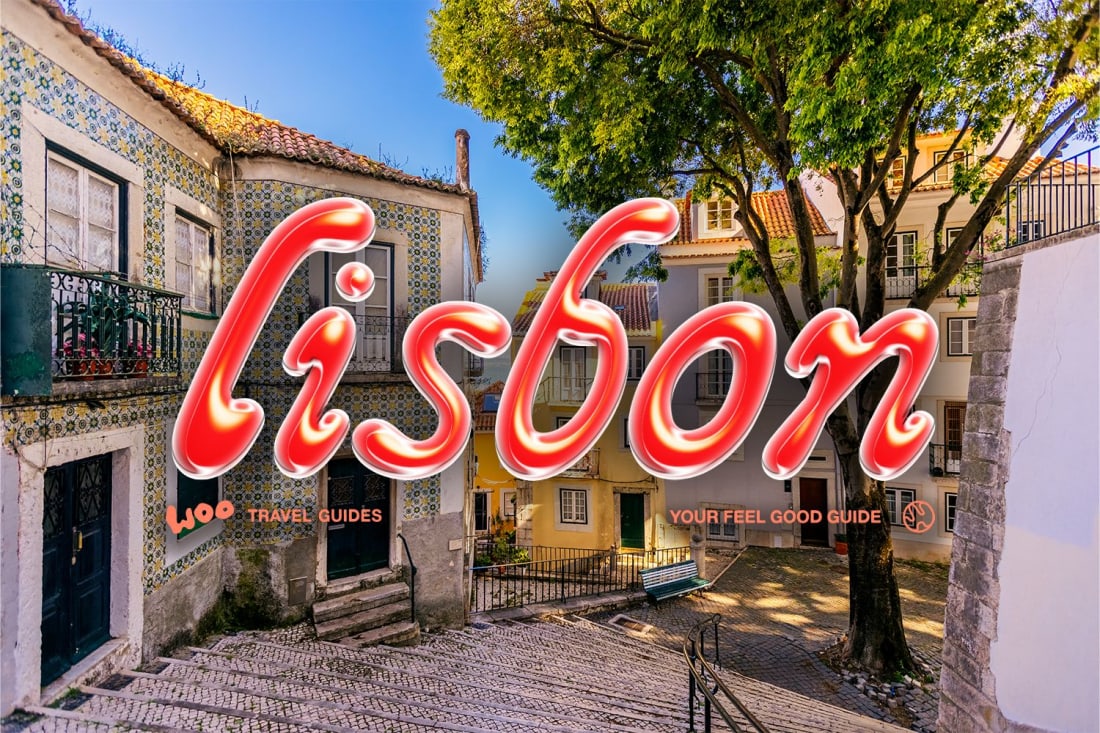A guide to eating around Bali, by Rahel Stephanie
From typical roadside warungs to set menu spots and pay-by-donation eateries, the Spoons supperclub chef breaks down the best of the Indonesian island
From typical roadside warungs to set menu spots and pay-by-donation eateries, the Spoons supperclub chef breaks down the best of the Indonesian island
There’s a reason Bali is dubbed ‘island of the gods’. Its white sand beaches, striking rock formations and rich culture make it a slice of paradise that’s increasingly making its way onto travellers’ bucket lists. With that has famously come an influx of influencers and digital nomads, with TikToks of the Indonesian province’s stunning landscape impossible to ignore on the FYP. But look beyond the tourist hotspots and you’ll find a vibrant culture, with Bali’s renowned culinary delights that dance on the tongue.
Chef and supper club host Rahel Stephanie (also a former woo’s one) was born in Jakarta, Indonesia, and regularly visits Bali, often going there to see her close friends. “After moving away [to Singapore] aged nine I felt a consistent longing for my country’s cuisine,” she says. “We’d return to Indonesia once or twice a year, and leading up to the trip I would fantasise about the local foods I would soon enjoy. Ahead of each return trip we’d fill our luggage to the brim with packed treats and ingredients we could relish for months to come.”
After relocating to London to study 11 years ago, Stephanie experienced a “culture shock, to say the least”. “My palate had always been blessed with authentic flavours. I noticed widespread inaccurate representations of Indonesian cuisine and I found almost no Indonesian restaurants. I was compelled to reclaim my culture and correct misconceptions of the cuisine.”
That feeling found her launching Spoons, a pop-up Indonesian supper club, in late 2019, as “a means to share delicious foods and little-known recipes from my country with friends”. Two years on, spots at her sought-after events are one of the hottest meal tickets in London, known to sell out in under a minute.
But her work as a chef extends beyond simply providing delicious menus at these clubs, instead cutting through whitewashed versions of her culture’s food. “I strive to put authentic Indonesian flavours firmly and accurately on the western map,” she says. “To me, cooking Indonesian dishes serves as a way of reclaiming, decolonising and celebrating the foods of my heritage.”
Late last year she published Pedas, a beautifully designed recipe zine compiling some of the fiery (‘pedas’ means spicy) dishes that she loves. “Through this book, I’m casting a light on the diverse culinary range of Indonesia, placing emphasis on lesser-known, regional dishes,” she says. She’s also about to add a new dish to the menu of Wagamama’s Noodle Lab test kitchen: a sambal fried chicken recipe inspired by ayam geprek, a popular meal from the Indonesian island of Java. Think: lightly battered chicken coated in garlic and pepper powder, served with tomato sambal, and coconut rice with a crispy sesame sprinkle.
Balinese food, Stephanie explains, is all about “fresh, light and aromatic ingredients”. “Unlike the rest of Indonesia which consists of a majority Muslim population, Bali is an island that is predominantly Hindu. As such, you'll find pork being served up regularly.” What are the dishes that she recommends sampling? To her, there are two clear must-tries: “the varieties of lawar: a mix of finely chopped meat, vegetables, grated coconut and spices, and babi guling: spit-roast pig stuffed with rich traditional spices and vegetable mixes such as cassava leaves, slowly rolled over a coal fire – guling means ‘to roll’ in Indonesian.”
When visiting the province, she says, it’s easy to fall into the plethora of tourist traps on offer, “but much of Bali is often overlooked”. “Beyond beach clubs and smoothie bowls, Bali provides a diversity of experiences and atmospheres, from the bustling cityscape of Denpasar to the serene rice paddies of Tabanan (just half an hour away from Canggu) and the culinary explorations throughout Gianyar.”
Below, Stephanie takes us through her favourite places to eat in Bali, from typical roadside eateries to bougie set menu spots, where to grab a coffee, plus her selection of the best bars to drink at, pre- or post-dinner. Brb, booking a trip asap!
Lawar Marlin Bu Devi
Lawar Marlin Bu Devi is a modest establishment that specialises in the Balinese kingfish ceviche. It’s an unbelievable dish, in which tender kingfish is transformed into ceviche and served with a fragrant rice platter and spiced aromatic salads. These are flavours you won’t find elsewhere.



